Home>Articles>What Year Did Thomas Edison Invent The Light Bulb
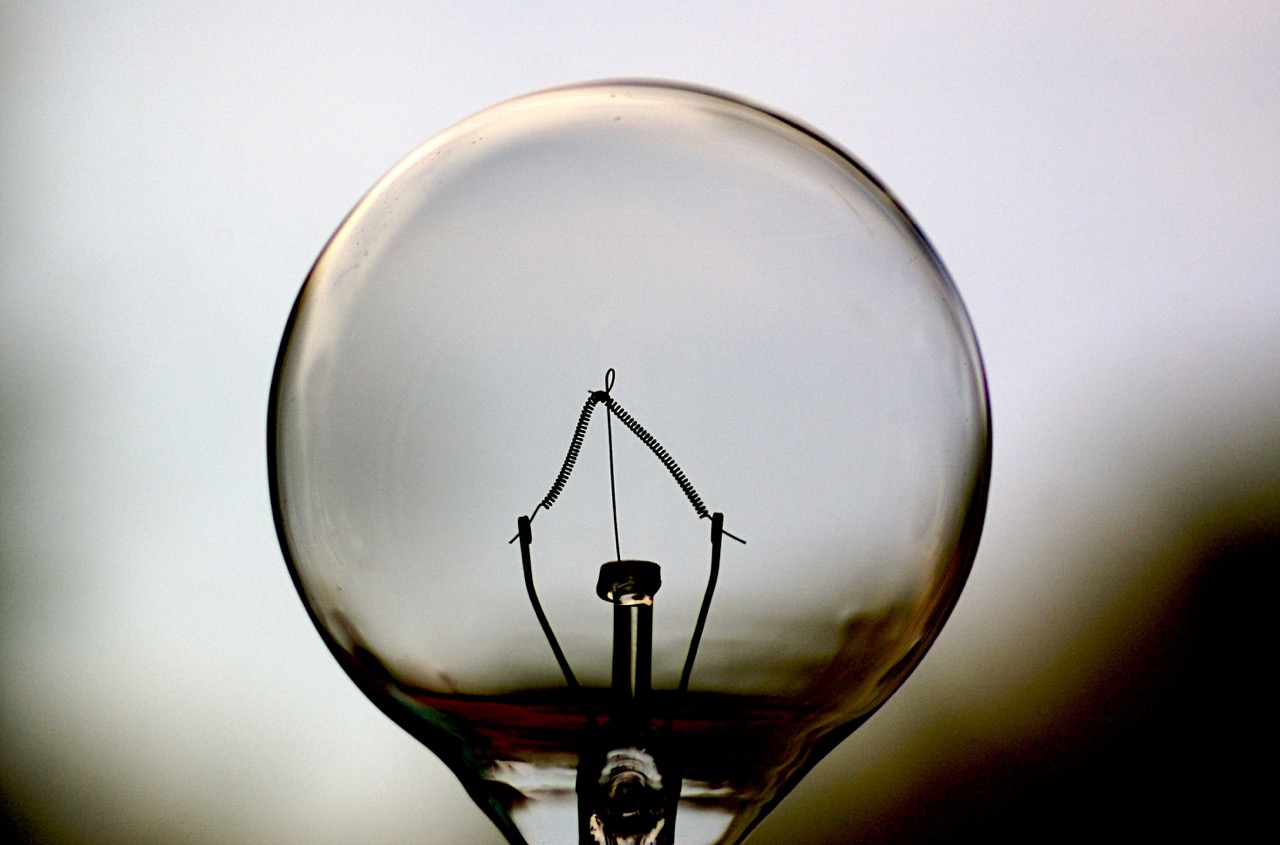

Articles
What Year Did Thomas Edison Invent The Light Bulb
Modified: May 6, 2024
Discover the fascinating history of Thomas Edison's invention of the light bulb in our informative articles. Learn which year this groundbreaking discovery occurred.
(Many of the links in this article redirect to a specific reviewed product. Your purchase of these products through affiliate links helps to generate commission for Storables.com, at no extra cost. Learn more)
Introduction
Thomas Edison, a renowned American inventor and businessman, is often credited with inventing the light bulb. His invention revolutionized the way we illuminate our world, paving the way for modern lighting systems and transforming the course of human history. The invention of the light bulb not only brought light into our homes but also propelled the progression of technology and revolutionized various industries.
Born on February 11, 1847, in Milan, Ohio, Thomas Edison showed a keen interest in science and engineering from a young age. Throughout his lifetime, he held over 1,000 patents for various inventions, including the phonograph and motion picture camera. However, it is the electric light bulb that remains one of his most significant and enduring contributions.
In this article, we will explore the life of Thomas Edison, his earlier inventions and innovations, and delve into the journey that ultimately led to the creation of the practical electric light bulb. We will also discuss the impact and legacy of Edison’s light bulb, emphasizing the significance of this invention in shaping the modern world.
Key Takeaways:
- Thomas Edison’s relentless pursuit of a practical electric light bulb revolutionized the way we illuminate our world, transforming industries, enhancing productivity, and shaping the modern urban landscape.
- The invention of the incandescent light bulb by Thomas Edison had a profound impact on society, extending working hours, improving safety, and laying the foundation for modern electrical power systems.
Read more: What Year Was The Light Bulb Invented?
Early Life of Thomas Edison
Thomas Alva Edison was born to Samuel Ogden Edison Jr. and Nancy Matthews Elliott on February 11, 1847, in Milan, Ohio. He was the youngest of seven children. Growing up, Edison showed a remarkable curiosity and a thirst for knowledge.
Edison’s formal education was limited, as he was primarily homeschooled by his mother. However, this did not hinder his intellectual growth. He voraciously read books and conducted experiments in his basement laboratory, developing a deep understanding of science and technology at a young age.
At the age of 12, Edison started working as a newsboy on a train, where he launched his first entrepreneurial venture—selling candy, newspapers, and other items to passengers. This early experience taught him valuable business skills and instilled in him a strong work ethic.
In 1862, at the age of 15, Edison took a job as a telegraph operator, a field that intrigued him. During his time as a telegraph operator, he gained a comprehensive understanding of electrical systems, sparking his interest in inventing electrical devices.
The young Edison moved to New York City in 1869 to further his career and pursue his passion for innovation. In the bustling city, he set up his own laboratory, where he began working on various inventions and experiments.
Edison’s early life experiences laid the foundation for his later achievements. His innate curiosity, strong work ethic, and passion for science and technology fueled his journey as an inventor, ultimately leading him to the creation of the legendary light bulb.
Inventions and Innovations before the Light Bulb
Prior to the invention of the light bulb, Thomas Edison had already made significant contributions to various industries. His relentless pursuit of innovation resulted in numerous inventions and innovations that laid the groundwork for his groundbreaking work with electrical lighting.
One of Edison’s notable early inventions was the phonograph, patented in 1877. The phonograph revolutionized the way sound was recorded and played back, marking a significant milestone in the field of audio technology. This invention opened up new possibilities in entertainment, communication, and the recording industry.
Another notable invention by Edison was the carbon transmitter, which he developed in 1876. The carbon transmitter greatly improved the clarity and quality of the telephone, allowing for clearer and more efficient communication over long distances.
Edison also made significant contributions to the field of motion pictures. He developed the kinetoscope, a motion picture device that allowed for individual viewing, in 1891. This invention laid the foundation for modern cinema and paved the way for the development of motion picture cameras and projectors.
In addition to these inventions, Edison worked on various other projects and inventions, including improvements to the telegraph system, storage batteries, and industrial machinery. His relentless experimentation and innovation earned him a reputation as one of the leading inventors of his time.
These early inventions and innovations not only showcased Edison’s technical prowess but also demonstrated his ability to think outside the box and apply innovative solutions to real-world problems. These experiences equipped him with the knowledge and skills necessary for his future work on the electric light bulb.
The Quest for a Practical Electric Light Bulb
Thomas Edison’s journey towards creating a practical electric light bulb was filled with countless experiments, setbacks, and relentless determination. At the time, many inventors and scientists were grappling with the idea of creating a reliable and commercially viable electric light source.
Edison understood the importance of developing a long-lasting and affordable electric light bulb that could replace the inefficient gas and oil lamps of the time. He set out to find the perfect filament material that would glow brightly without burning out quickly.
Over the course of several years, Edison and his team at Menlo Park conducted thousands of experiments and tested numerous materials as potential filaments for the light bulb. They experimented with carbonized bamboo, platinum, and other materials in their search for the ideal solution.
After much trial and error, Edison discovered that carbonized bamboo filaments had the potential to glow bright while maintaining resilience. This breakthrough brought Edison one step closer to creating a practical electric light bulb.
However, developing the filament was only one piece of the puzzle. Edison also needed to find a way to create a vacuum inside the bulb to prevent the filament from oxidizing and burning out. He worked tirelessly to improve the design of the bulb and develop a practical method for evacuating the air.
Eventually, Edison made another breakthrough with the development of a practical and efficient incandescent electric light bulb. In 1879, he successfully filed a patent for his groundbreaking invention, which laid the foundation for the modern lighting industry.
Edison’s relentless pursuit of a practical electric light bulb revolutionized the way we illuminate our world. His dedication to finding a reliable and efficient source of light brought about a significant shift in technology and transformed the lives of people worldwide.
Thomas Edison invented the first practical light bulb in 1879.
The Breakthrough Invention: Incandescent Light Bulb
The incandescent light bulb, the breakthrough invention of Thomas Edison, marked a turning point in the history of lighting. This revolutionary invention transformed the way we illuminated our homes, workplaces, and cities, laying the foundation for modern lighting technology.
The incandescent light bulb works based on the principle of incandescence, where a filament inside the bulb heats up to such a high temperature that it emits visible light. Edison’s relentless experimentation and quest for the perfect filament material led him to discover carbonized bamboo as the ideal choice for the incandescent bulb.
Edison’s carbonized bamboo filament was carefully selected and processed to withstand the high temperatures needed for effective illumination. The filament, once connected to a power source, would heat up and emit a pleasant, steady glow that significantly outshone other available lighting sources at the time.
With the development of the incandescent light bulb, Edison created a reliable and long-lasting source of light that could be easily incorporated into existing electrical systems. This innovation brought about a dramatic shift from the reliance on gas lamps and candles towards the widespread use of electric lighting.
The incandescent light bulb offered numerous advantages over its predecessors. It provided a brighter and more consistent light output, making it easier to perform tasks and improve productivity. It was also safer, as it greatly reduced the risk of fire caused by open flames. Additionally, the incandescent light bulb had a longer lifespan compared to other lighting options, which meant less frequent replacement and lower maintenance costs.
Edison’s incandescent light bulb had a profound impact on various industries. It revolutionized home lighting, enabling people to illuminate their homes conveniently and efficiently. It also transformed industrial workplaces, boosting productivity and providing a safer working environment. The incandescent light bulb further played a crucial role in extending the hours of operation for businesses, enhancing nighttime visibility, and shaping the modern urban landscape.
While the incandescent light bulb has faced competition and technological advancements over the years, its significance cannot be overstated. Edison’s breakthrough invention laid the foundation for the evolution of lighting technology and paved the way for subsequent innovations, including fluorescent and LED lighting systems.
The incandescent light bulb stands as a testament to Edison’s ingenuity and determination. His relentless pursuit of a practical, efficient, and affordable lighting solution forever changed the way we illuminate our world and continues to impact our daily lives to this day.
Read more: What Is An Edison Light Bulb
Public Demonstration and Commercial Success
After the successful development of the incandescent light bulb, Thomas Edison understood the importance of showcasing his invention to the public. Public demonstrations played a crucial role in garnering attention, generating excitement, and establishing the commercial viability of his groundbreaking invention.
In December 1879, Edison organized a public demonstration of his incandescent light bulb at his Menlo Park laboratory in New Jersey. The demonstration was attended by journalists, investors, and prominent figures of the time. Edison carefully orchestrated the event to highlight the advantages of his invention and demonstrate its potential to revolutionize the world of lighting.
During the demonstration, Edison showcased the practicality and reliability of his incandescent light bulb. The soft, warm glow generated by the bulb impressed the audience, dispelling any doubts about the effectiveness of electric lighting. The successful demonstration generated significant public interest and catapulted Edison into the spotlight as a leading innovator.
Building on the momentum of the public demonstration, Edison founded the Edison Electric Light Company in 1878 to commercialize his invention. He knew that widespread adoption and commercial success were crucial for the widespread acceptance of electric lighting.
Edison’s vision extended beyond just inventing the incandescent light bulb; he aimed to create an entire network of power generation and distribution. He worked tirelessly to improve the efficiency and reliability of his invention, as well as establish the infrastructure needed to bring electric lighting to communities.
Through his company, Edison launched the first commercial electric lighting system in lower Manhattan in 1882. This marked a milestone in history as the world’s first practical and commercially viable electric lighting system. Businesses and households eagerly embraced the new technology, leading to a significant shift away from gas and oil lamps.
The commercial success of the incandescent light bulb and the electric lighting system paved the way for the rapid expansion of electrical infrastructure across the globe. Edison’s determination and entrepreneurial spirit were instrumental in establishing electric power as a practical and reliable source of lighting.
As the popularity of electric lighting grew, Edison’s company pioneered the creation of power stations and the development of electrical grids to provide electricity to homes, businesses, and entire cities. This laid the groundwork for the modern electrical power industry and transformed the way societies functioned.
Edison’s incandescent light bulb sparked a revolution in the way we illuminate our world, and his entrepreneurial endeavors ensured its widespread adoption and commercial success. His contributions to the field of lighting and electrical distribution continue to shape our modern way of life.
Impact and Legacy of Edison’s Light Bulb
The invention of Thomas Edison’s incandescent light bulb had a profound and far-reaching impact on society, shaping the world in countless ways. The legacy of his invention can be seen in various aspects of our modern lives, from lighting technology to industrial and urban development.
One of the most significant impacts of Edison’s light bulb was its contribution to the improvement of daily life. Before the invention of the light bulb, people relied on candles, gas lamps, or oil lamps for illumination. These sources were dim, inconvenient, and often posed a fire hazard. With the advent of the incandescent light bulb, artificial lighting became brighter, safer, and more accessible, greatly improving people’s quality of life.
The widespread adoption of electric lighting resulted in extended hours of work and leisure. Businesses could operate for longer hours, increasing productivity and economic growth. Cities and urban areas transformed with the installation of streetlights, enhancing safety and creating vibrant nighttime environments. The availability of reliable and affordable lighting also enabled educational institutions to offer evening classes, expanding access to education for many.
Edison’s light bulb revolutionized not only indoor lighting but also impacted various industries. It enabled factories and workshops to operate effectively around the clock, boosting productivity and accelerating industrial progress. It facilitated advancements in entertainment, such as theaters and movie houses, which relied on bright and consistent lighting for performances and screenings.
Furthermore, the development of electric lighting technology paved the way for subsequent innovations. Edison’s work laid the foundation for advancements in electric power generation, transmission, and distribution. It spurred the growth of the electrical industry and opened new avenues for technological development in numerous fields.
The incandescent light bulb also played a significant role in the ongoing quest for sustainable and energy-efficient lighting solutions. While the incandescent bulb has been largely phased out due to its inefficiency, Edison’s invention served as the catalyst for the development of more energy-conscious lighting options, such as fluorescent and LED technology. These advancements have significantly reduced energy consumption and environmental impact.
Edison’s legacy extends beyond the invention of the light bulb itself. His innovative spirit, determination, and entrepreneurial drive set a benchmark for future inventors and entrepreneurs. Edison’s relentless pursuit of solutions to real-world problems serves as an inspiration for generations to come.
In recognition of his contributions, Thomas Edison was widely celebrated during his lifetime and remains one of the most influential figures in the history of innovation. His work not only transformed the way we illuminate our world but also laid the groundwork for modern electrical systems and technological advancements.
The invention of Edison’s incandescent light bulb was a game-changer, creating a brighter, safer, and more efficient world. Its impact on society, industry, and technology continues to be felt today, solidifying Edison’s place in history as a pioneer and visionary.
Conclusion
The invention of the incandescent light bulb by Thomas Edison marked a turning point in the history of lighting and had a profound impact on society and technology. Edison’s relentless pursuit of a practical and efficient electric light source revolutionized the way we illuminate our world, transforming industries, enhancing productivity, and shaping the modern urban landscape.
From his early life in Ohio to his groundbreaking inventions and innovations, Edison’s journey as an inventor led him to develop numerous groundbreaking technologies. However, it was the invention of the incandescent light bulb that solidified his place as one of history’s greatest inventors.
Edison’s quest for a reliable and commercially viable light bulb took years of relentless experimentation and perseverance. His discovery of the carbonized bamboo filament and the development of a practical incandescent light bulb paved the way for the widespread adoption of electric lighting.
The impact of the incandescent light bulb cannot be overstated. It improved the quality of life for individuals, extended working hours for businesses, and enhanced safety and visibility in cities. It also laid the foundation for the modern electrical power industry and set the stage for future advancements in lighting technology.
While the incandescent light bulb has been largely replaced by more energy-efficient alternatives, its legacy lives on. The invention of the incandescent light bulb sparked a revolution in lighting technology and set a standard for innovation and entrepreneurship.
Thomas Edison’s legacy as an inventor and businessman continues to inspire generations. His relentless curiosity, dedication to experimentation, and unwavering determination serve as a shining example of the potential for human ingenuity and creativity.
Today, we enjoy the benefits of Edison’s invention every time we turn on a light switch. The comfortable glow of electric lighting has become an integral part of our lives, enhancing productivity, comfort, and safety.
In conclusion, the invention of the incandescent light bulb by Thomas Edison revolutionized the way we illuminate our world. Its impact on society, industry, and technology is immeasurable. Edison’s legacy as an innovator and visionary lives on, reminding us of the power of curiosity, perseverance, and the potential for groundbreaking inventions.
Curious about how Edison's invention continues to light up our lives today? Our next read highlights the ideal refrigerator light bulbs for 2024, ensuring your midnight snacks and culinary ventures are well-lit and energy-efficient. Discover which light bulbs make the cut for your cool culinary space and keep your fridge shining bright. Don't miss this illuminating guide to enhancing your kitchen’s glow!
Frequently Asked Questions about What Year Did Thomas Edison Invent The Light Bulb
Was this page helpful?
At Storables.com, we guarantee accurate and reliable information. Our content, validated by Expert Board Contributors, is crafted following stringent Editorial Policies. We're committed to providing you with well-researched, expert-backed insights for all your informational needs.
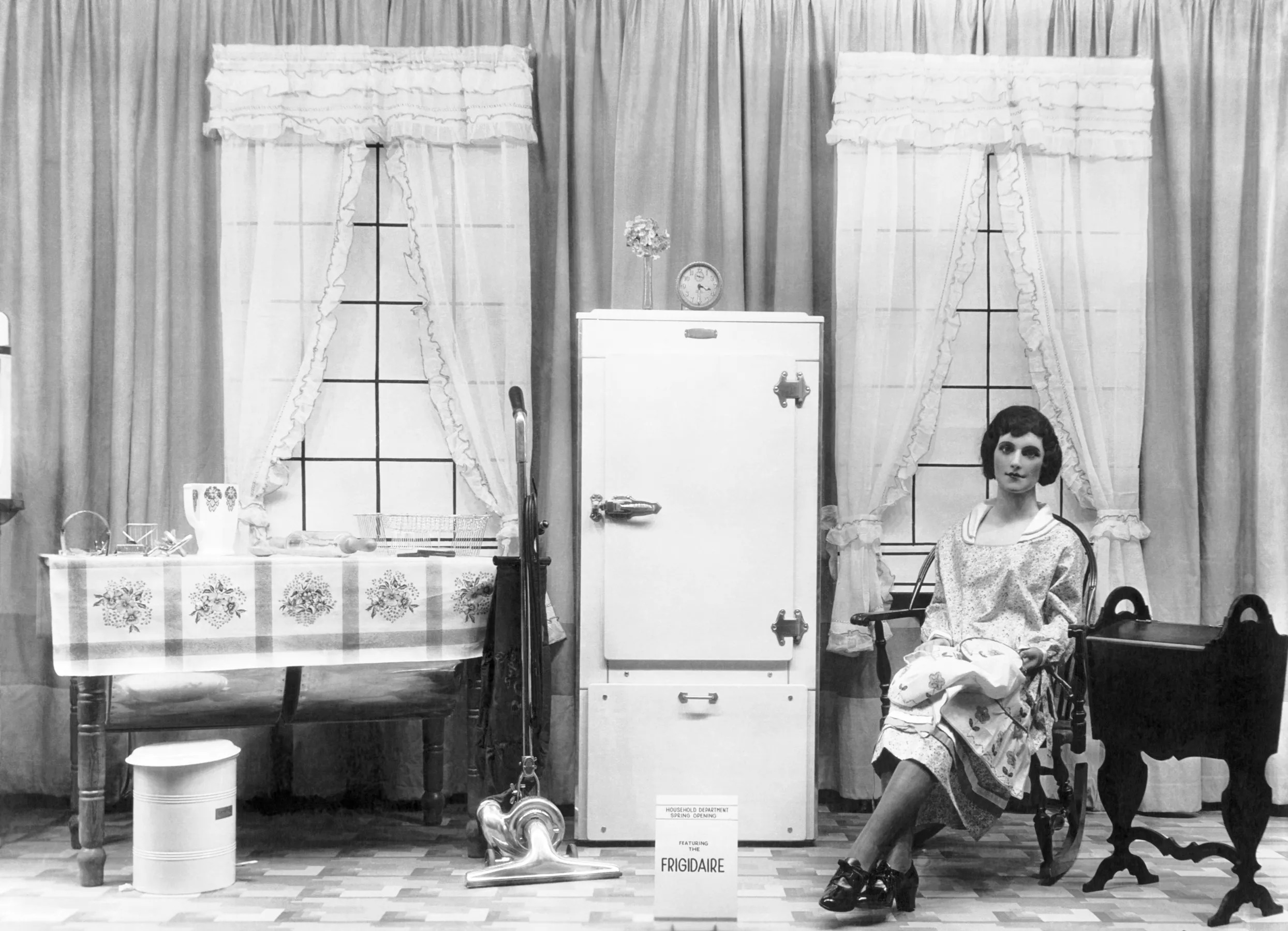


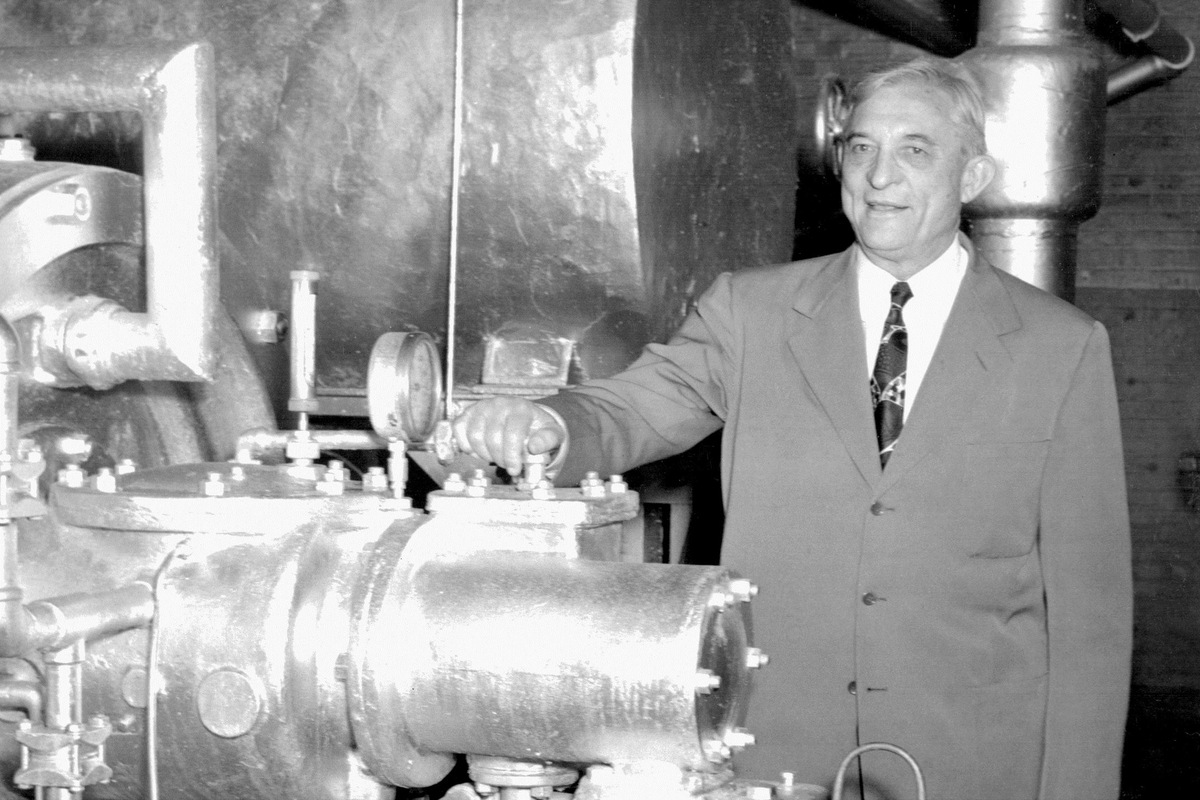
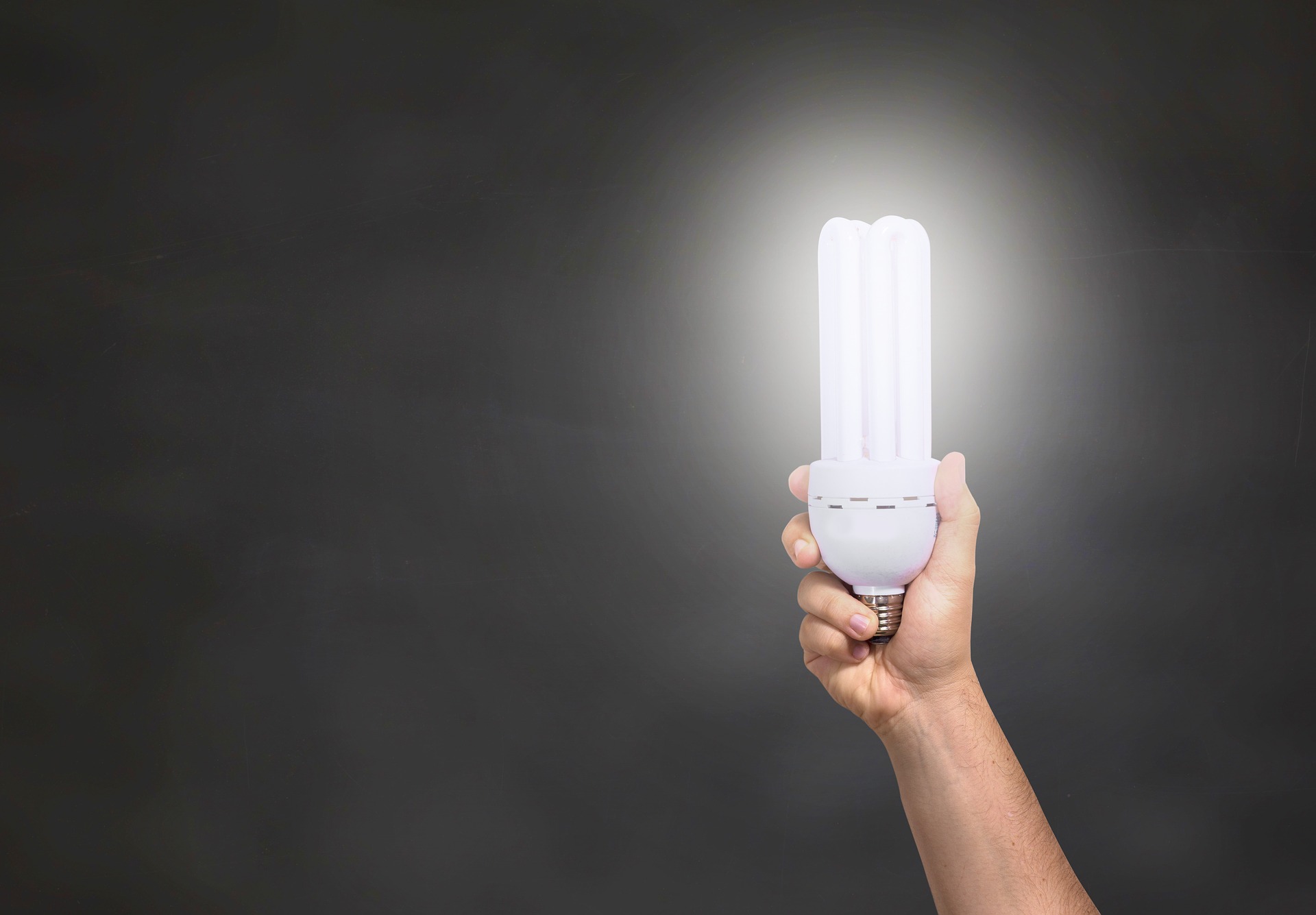





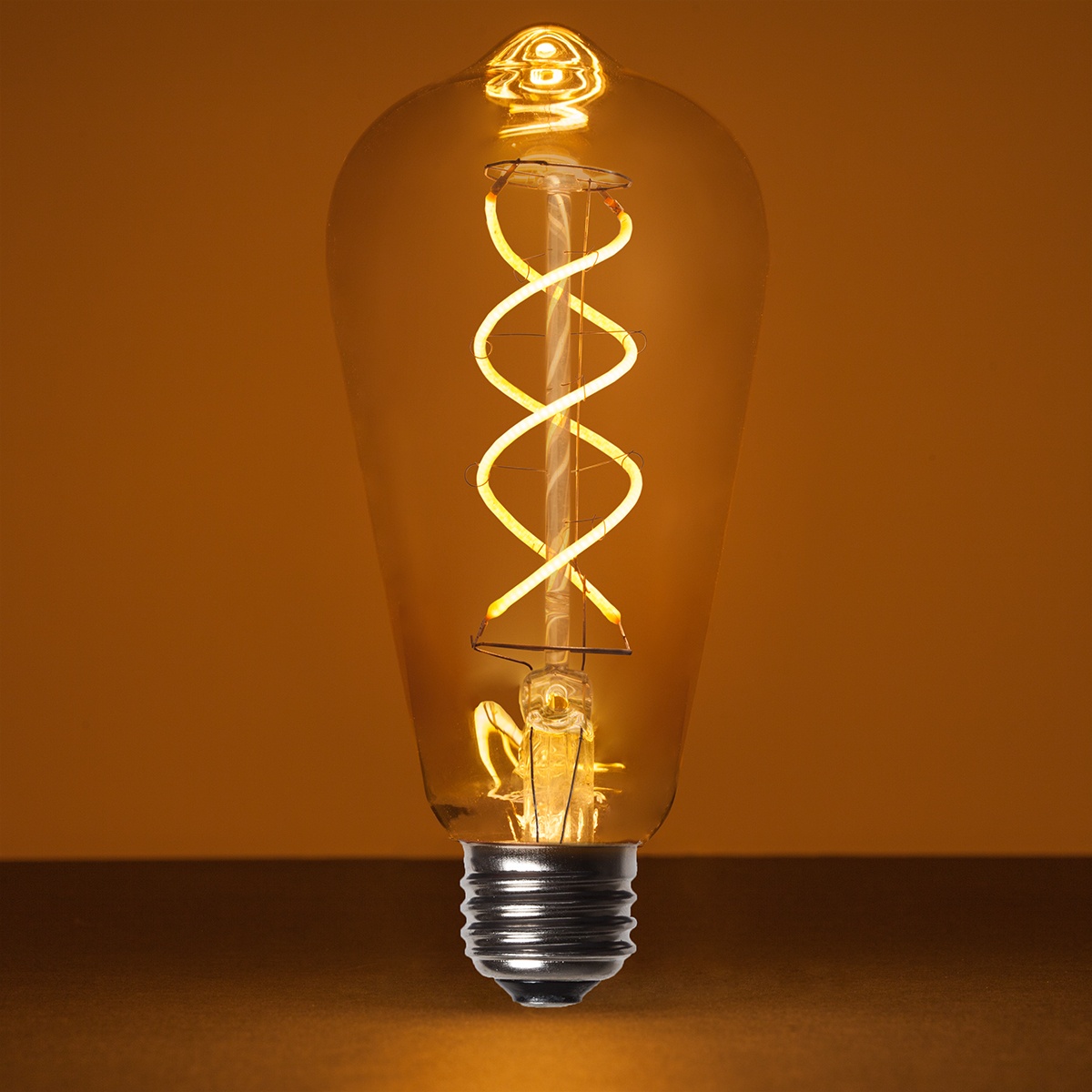

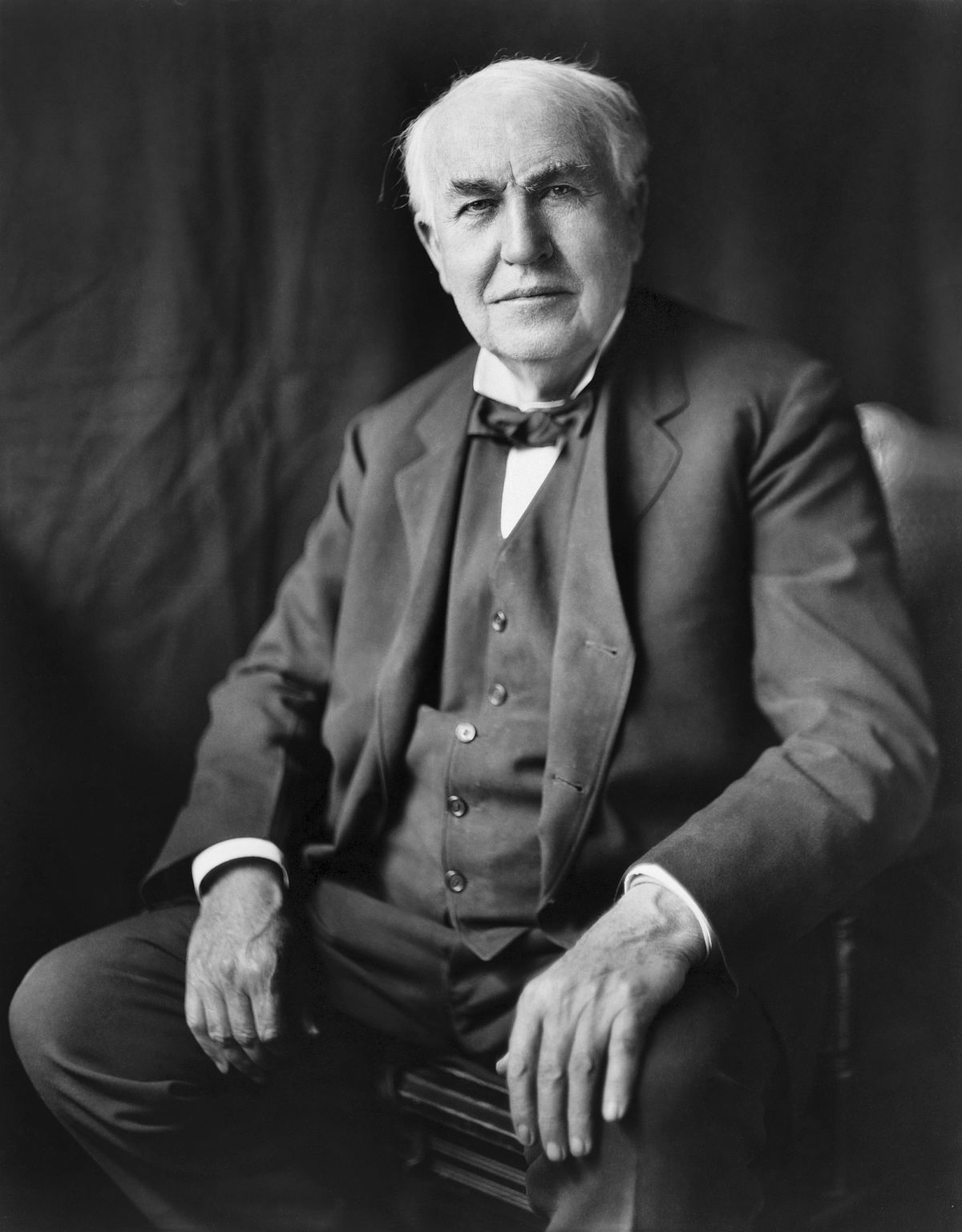
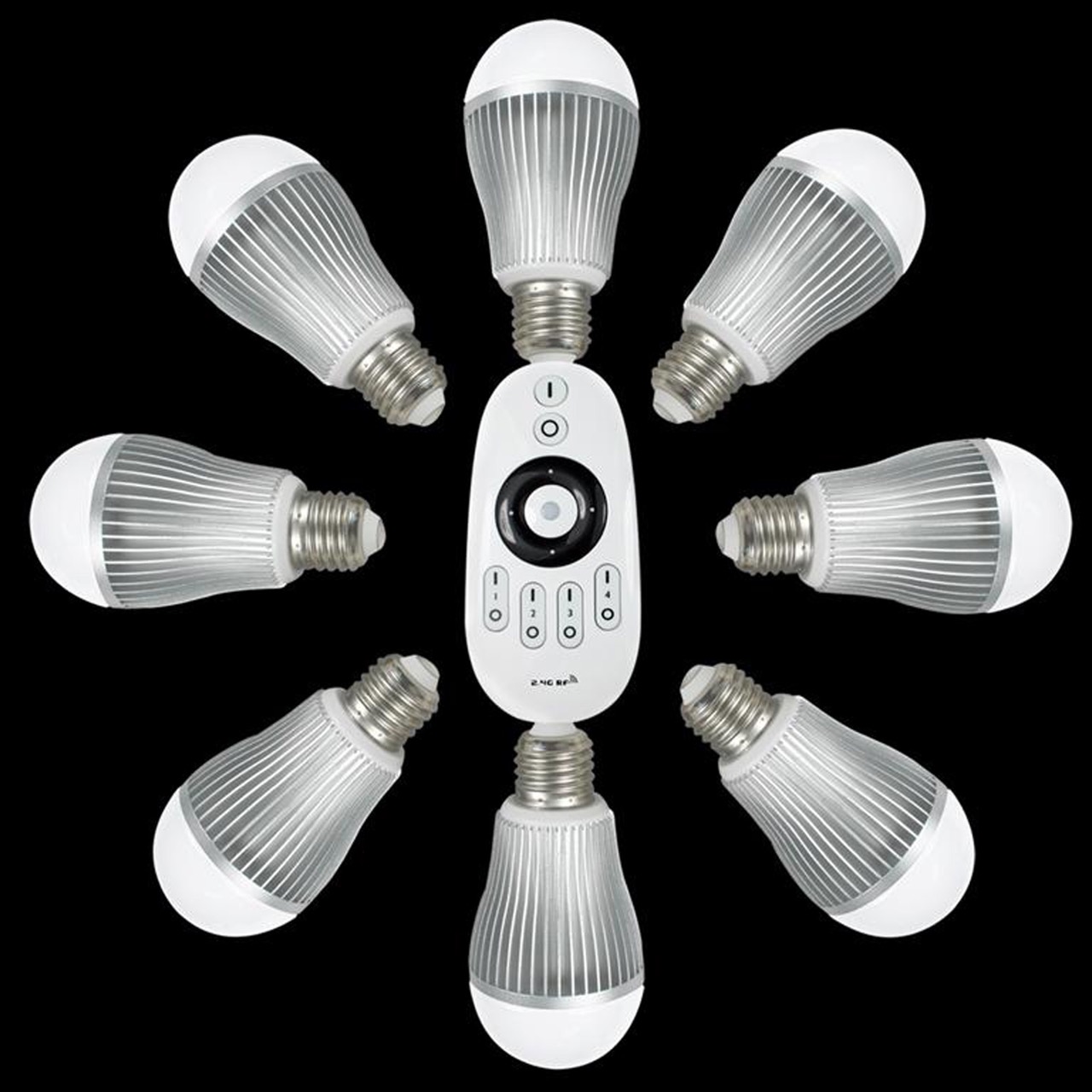

0 thoughts on “What Year Did Thomas Edison Invent The Light Bulb”